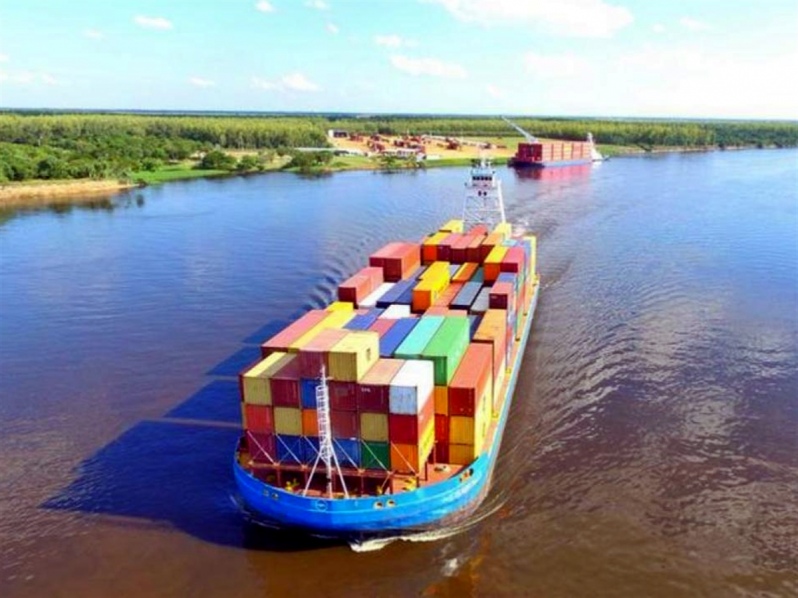With the recovery of the global economy after the crisis, Brazil’s trade balance with neighboring South American countries rose 64.7% to US$7.3 billion in 2021 and is expected to reach a new high this year.
In the first half of the year, the balance with South American neighbors showed a surplus of US$6.2 billion, roughly the same as all of last year, according to a survey by the Brazilian Foreign Trade Association (AEB) based on federal government data. The surplus is expected to increase this year.

Last year, Brazil exported US$33.9 billion to South American countries, and AEB projects that sales could reach US$41 billion in 2022. If this figure is confirmed, it will represent a 21% growth compared to 2021. In the first half of the year, the figure was US$20.3 billion.
AEB Executive President José Augusto de Castro sees the increase in the trade surplus with neighboring countries as an opportunity for Brazilian industry.
This issue will be one of the topics of discussion at the 10th edition of the National Foreign Trade Meeting (Enaex), which is being organized by the institution and is scheduled to take place in November in a virtual format.
“Brazil imports 85% of the processing industry. On the contrary, in exports, the main product is ‘raw materials’, but the South American market also includes other products,” says Castro.
Exports to South America consist mainly of manufactured goods – cars, machinery and equipment, and food. Imports are concentrated in commodities – wheat from Argentina, copper from Chile, electricity from Paraguay (because of the Itaipu binational hydroelectric plant), and natural gas from Bolivia.
GLOBAL RECESSION
According to Castro, the surplus will tend to be higher than in 2021 due to the expected adjustment or even reduction in the prices of commodities such as wheat and copper due to the expected global recession, which should provide some stability to imports.
So far, the state of the global economy has been favorable for trade with South America, given the imbalances caused by the pandemic and exacerbated by the war in Ukraine.
Like Brazil, neighboring countries are primarily exporters of commodities, whose prices have risen sharply since the mid-2020s despite volatility. As these neighboring countries have more foreign exchange available due to strong export prices, they have been able to buy more manufactured goods exported by Brazil.
At the same time, the logistical bottlenecks of international trade have driven up freight costs worldwide. Thus, geographic proximity has increased the competitiveness of Brazilian industry as a supplier of manufactured goods to South American markets.
“Because of geographic proximity, cheaper logistics and the fact that we can export by road and in some cases by rail to some countries, Brazil can be more present in South America,” Castro says.
The favorable economy cannot be considered guaranteed, says the president of AEB. “We must not forget that other countries are on the move,” Castro says. “China has already overtaken Brazil as the main supplier for Argentina. It’s the same in Chile. China is much more present in Chile than in Brazil, and that has always been a separate market for Brazil,” he says.

